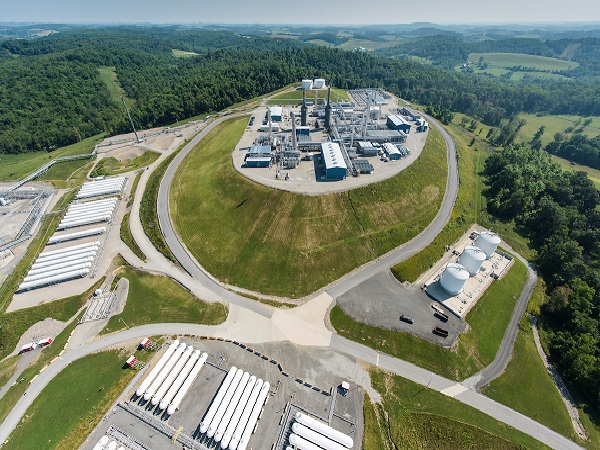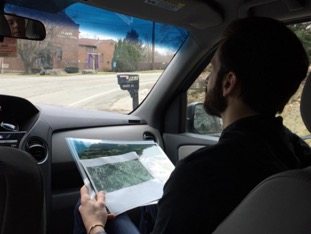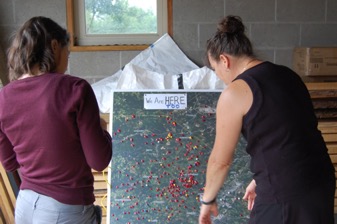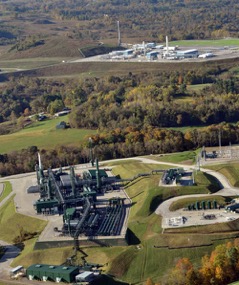Lisa Graves Marcucci is Pennsylvania Coordinator, Community Outreach with the Environmental Integrity Project (EIP). Since joining EIP in 2009, her efforts to protect human health from power plant and oil and gas pollution have grown from the community to the regional and national level. Lisa has conducted extensive reviews of permit files for EIP, helped to identify violations, and organized citizen testimony at numerous public hearings before local, state and national agencies. Lisa was invited to speak before the National Academy of Sciences in October of 2004 in Washington, D.C., advocating for more effective regulation of coal combustion waste disposal. Lisa is a life-long resident of Pittsburgh’s Monongahela Valley and is a graduate of Duquesne University.








